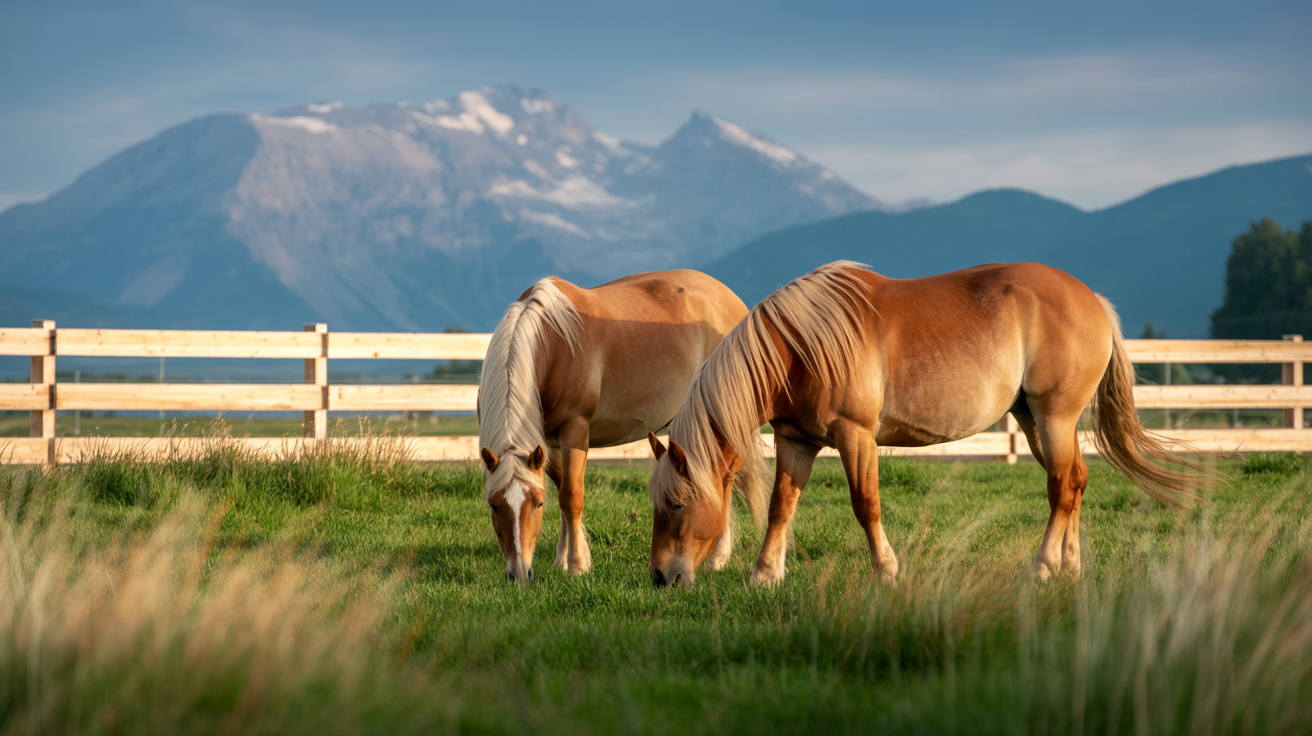Why You Shouldn’t Trust Just Any Real Estate Agent with Ranch Land
August 8, 2025
It’s easy to assume that any licensed real estate agent can sell land — but that assumption could cost you tens of thousands of dollars, especially when it comes to ranch properties in Montana.

Selling or buying a ranch isn’t just about price per acre. It’s about understanding the land itself — the grasses, the soil, the water, the fencing, the grazing capacity. If your agent doesn’t understand these things, they can’t communicate value to buyers — and they can’t protect your interests as a seller (or as a buyer).
What Many Agents Get Wrong About Ranch Land
Here’s what I’ve seen over and over again from agents who sell primarily houses and are out of their depth with land:
- They think 100 acres is automatically “horse-ready.” In reality, much of Eastern Montana needs
20+ acres per cow depending on rainfall, grass species, and carrying capacity. It’s not just size — it’s quality.
- They don’t know the difference between crested wheatgrass and cheatgrass. To the untrained eye, a green pasture looks like good grazing — but that’s not always true. Cheatgrass, for example, is an invasive species that dries early, offers poor forage, and can injure livestock. Without that knowledge, an agent might market your land incorrectly — or worse, allow a buyer to purchase the wrong type of property for their livestock goals.
These mistakes don’t just cost money — they create serious setbacks for working ranches.
- They assume buyers just want “open space.” A real ranch buyer wants working infrastructure — reliable water sources, fencing in good condition, soil that supports grazing, and access to utilities or feed lots.
- They skip the critical questions:
- Is the land part of an open range area?
- Are there usable water rights?
- Has the land ever been enrolled in a conservation or grazing lease?
- What’s the history of weed management or overgrazing?
The Value of Working with a Land Broker Who’s a Rancher
A land broker who lives the life understands how to market the land’s strengths and how to spot potential red flags long before they become deal killers. They know:
- How to evaluate grazing potential using boots-on-the-ground experience, not just Google Earth
- What kind of fencing matters for different types of livestock or wildlife management
- Where to find accurate, hyper-local comps — not urban listings from 200 miles away
How to price land not just by acreage, but by livability, usability, and productivity
Educational Tip: What You Need to Know About Grazing Capacity
Grazing capacity — often measured in AUMs (animal unit months) — is the number of animals your land can sustainably support. It varies based on:
- Soil type and productivity
- Grass species (native vs. introduced)
- Precipitation averages
- Past management practices



